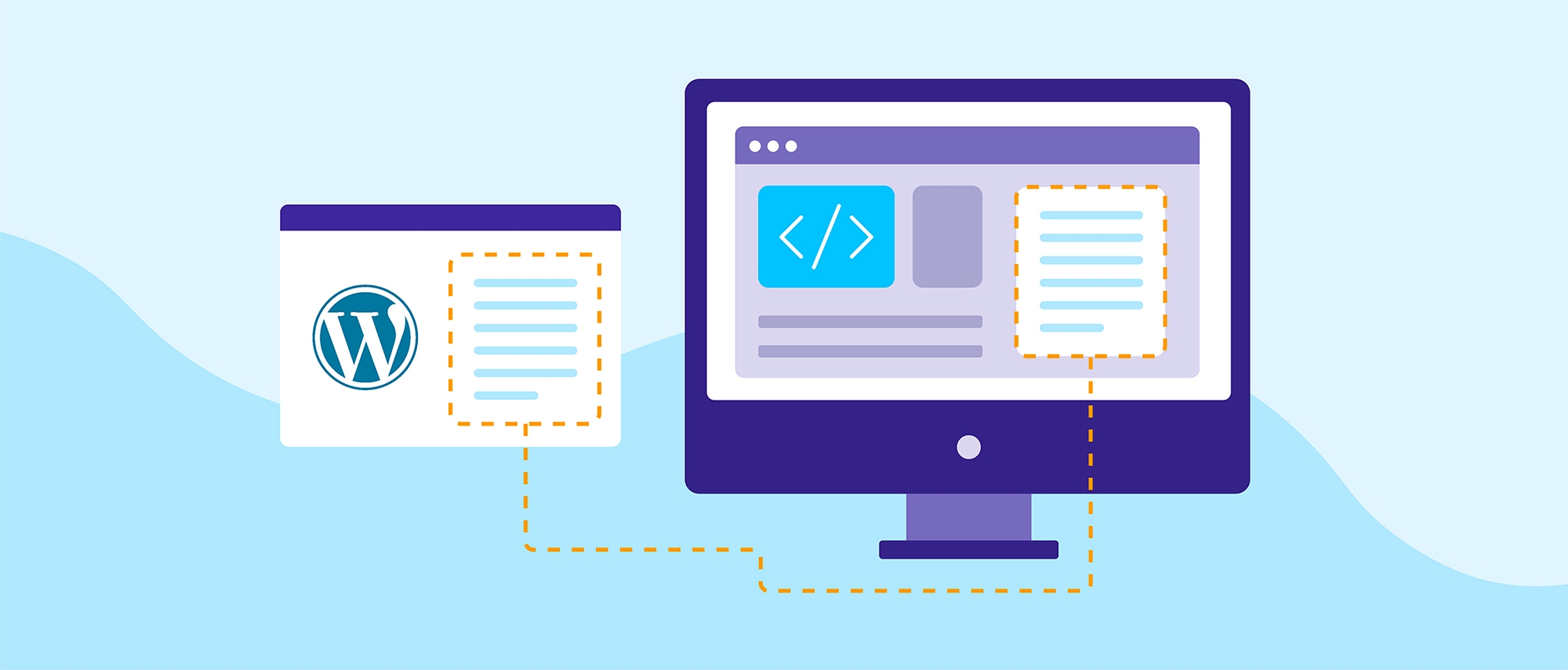At its very core, your website has two main goals – to attract and capture leads and to convert those leads into customers and clients. Without an influx of new business, achieving and maintaining growth is impossible. Lead generation is the strategy used to attract a new segment of your audience, spark some curiosity, and eventually get them to commit to your brand. If you’re using landing pages in any of your marketing campaigns, it’s crucial to understand how landing page design is directly connected to your conversion rate.
The question for businesses has always been how to maximize their lead generation potential, especially when connected to a specific marketing strategy – like a pay per click ad campaign. Landing pages have proven to be one of the most effective elements of a lead generation strategy, yet they remain an untapped goldmine of lead generation for many businesses.
Not just any landing page is going to enhance your ability to attract and capture leads. The secret to success is all about landing page design, and here’s why great design is so crucial for driving conversions.
The Purpose of Landing Page Design
First, let’s take a step back and talk about the importance of a good landing page. The internet is an incredible marketing platform, but it’s also insanely crowded. The average internet user comes in contact with a steady stream of ads and marketing attempts the entire time they’re online. There’s really no escape, so we’ve adapted by learning to ignore much of this “background noise”.
Even when a person hops online with a specific search query, and is looking to be marketed to, there are still so many options and businesses competing for their attention. If you’ve managed to capture a user’s attention with an ad or snippet of compelling text, you need a strategy for keeping that attention and leading that person to the next step – a form field submission.
This is where quality landing page design comes in. A landing page is a stand-alone page, which usually isn’t directly connected to your website. By that, we mean that landing pages typically don’t contain navigational features that enable the visitor to access your site directly. Rather, landing pages are designed with the intent to encourage a very specific action – such as signing up for a newsletter or attending a webinar.
The reason landing pages are separate is that it’s easy for a visitor to get lost when navigating around your website. There are many elements fighting for their attention, and it isn’t always easy to lead the visitor where you want them to go. Landing pages give you more control in the path the visitor takes, as long as your landing pages are designed with lead generation in mind.
Why Landing Pages Are Crucial for Lead Generation
Maybe you’re wondering why a landing page is more effective for lead generation than any other page of your web design – for instance, your homepage or product pages. Landing pages are key because they keep the visitor focused and are designed for a very specific point of the sales funnel, unlike your other web pages which serve a broader scope. If you’ve been asking yourself if landing page design is essential, the answer is yes, and here’s why.
● Landing pages are about the lead and the offer, not the company. Landing pages offer an opportunity for you to help the lead become better acquainted, but at the core, they’re focused solely on the lead and providing them with value.
● Landing pages have limited distractions. No matter how interested a visitor may be in your offer or your company, there are simply too many distractions on your website to pull them away. Landing pages are focused, clear, and free of visual clutter.
● Landing pages are customized. Since landing pages are attached to a clickable link, they’re very targeted to a specific point in the customer journey, or at least they should be. Narrowing the audience better enables you to personalize the content and compel action.
● Landing pages help you collect information. Landing pages should provide a targeted value incentive that’s too good to resist. While you’re generating leads, you’re also capturing valuable details – like contact information, but also key insights into the demographics that are visiting your page.
Landing Page Design With Lead Generation Potential
Great landing page designs intuitively leads the visitor to the next step, but there are also plenty of ways for a landing page to fall short of this goal. At the end of the day, you want your landing pages to clearly define the value your offer holds for your target audience and compel them to take further action. Of course, how this is accomplished will depend on what type of lead offer you’re putting on the table but generally speaking, landing pages fall into a couple of different categories.
The first is a click-through landing page. These types of landing pages are used when the ultimate goal is conversion. They can serve as a warm-up for leading a visitor to a sales page. Click-through landing pages are most effective at a later point in the sales funnel after the lead has been nurtured. For lead generation purposes, you’re looking for a landing page design that compels the visitor to share more information about themselves, establish a point of contact, and to maximize the potential for the new lead to interact with your business and form a more solid connection.
One of the pain points businesses face with landing page design is limited space. You have a single page to convey a lot of information and encourage action. Clean and simple is more effective, so you also don’t want to overcrowd the space with visual clutter. You’re looking for the perfect balance in design.
Critical Landing Page Design & Marketing Elements
The most effective landing pages take into consideration which elements are most likely to capture and hold a person’s attention. A few examples of elements that are often included in successful lead generating landing page design include:
- Short Videos
- Social Proof of Your Product or Service
- Relatable and Relevant Photographic Images
- FAQs to Address the Most Pressing Questions
- Copy that is Concise & Compelling
- Free Trial
- Action-Oriented CTA Button
Start Capturing More Leads and Increasing Conversions Today
Are you ready to maximize your lead generation potential? Great, because we’re ready to help you attract more leads and form stronger connections with your audience through professional web design. Let us help you create landing pages that generate leads and deliver results for your business. Contact Double Up Digital to learn more about our full spectrum of web design and digital marketing services.







